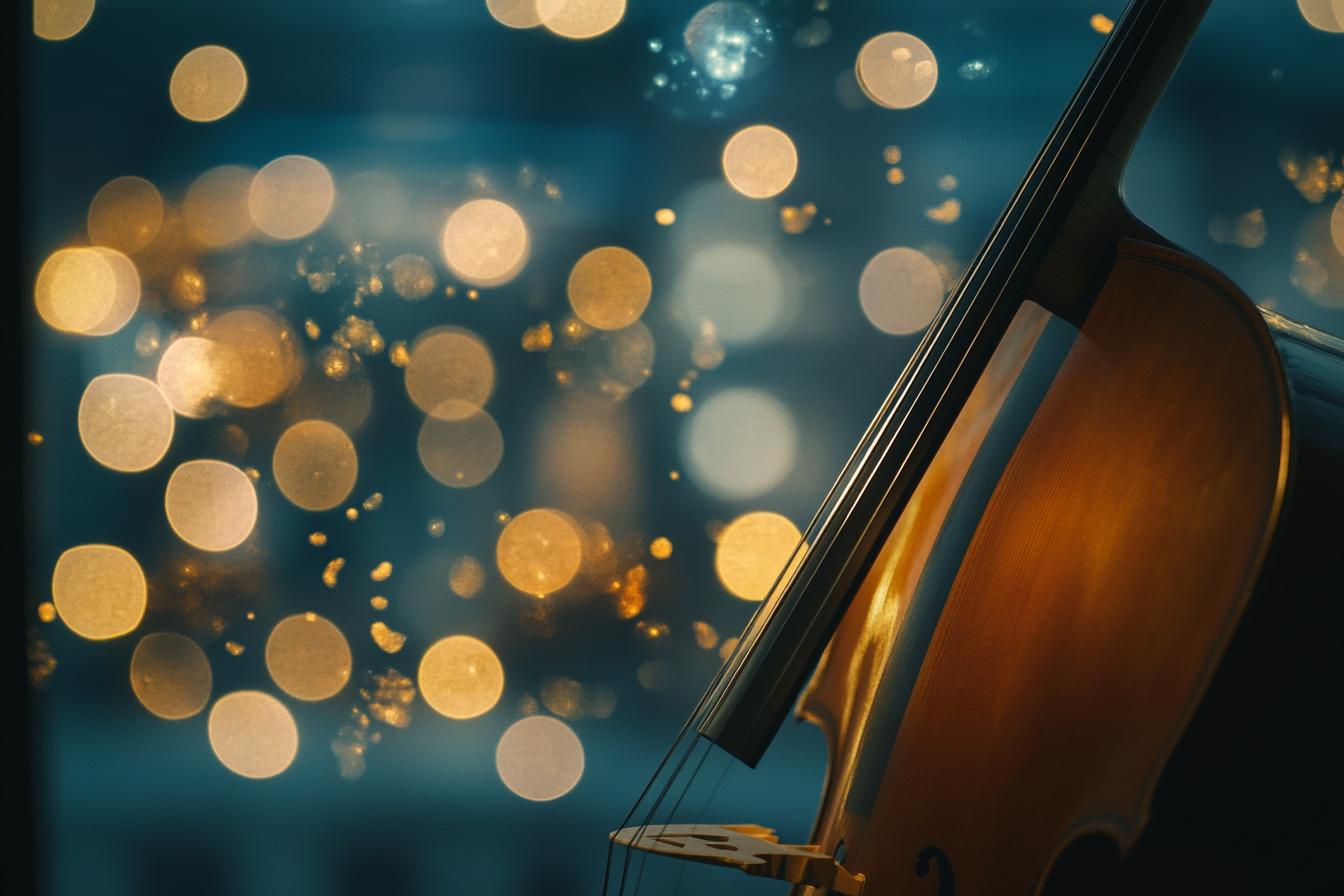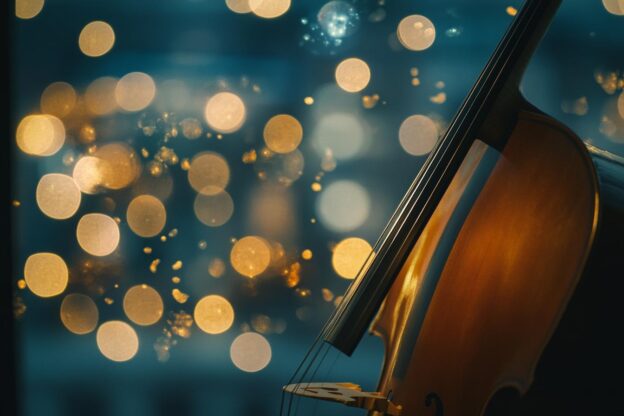Classical music broadcasts have long been a staple of radio programming, offering listeners a window into a rich and diverse world of musical expression. From the grandeur of symphonies to the intimate beauty of chamber music, these broadcasts bring the magic of live performances to homes and cars across the globe. The origins of classical music broadcasts can be traced back to the early days of radio, when pioneering stations recognized the potential of this genre to captivate audiences. Think back to the early 20th century, when radio was a novelty, and imagine tuning in to hear a live orchestra performance beamed directly into your living room. It must have been a thrilling experience, one that helped shape the way we listen to music today.
Throughout the decades, classical music broadcasts have evolved alongside the medium of radio itself. From AM to FM, and now into the digital realm, these broadcasts have adapted to new technologies and formats while remaining dedicated to their core mission: to share the power and beauty of classical music with a wide audience. Whether it’s a live performance from a renowned concert hall or a curated selection of recordings, classical music broadcasts continue to provide listeners with a unique and enriching experience. Have you ever been captivated by a specific piece of classical music that you heard on the radio? Perhaps it was the soaring melody of a concerto, or the haunting harmonies of a string quartet. These broadcasts allow us to discover new composers and pieces, expanding our musical horizons and enriching our lives.

Classical Music Broadcasts
1. Classical Music Broadcasts
Classical music broadcasts have played a vital role in bringing the beauty and power of this genre to a wide audience. Radio stations, both terrestrial and online, dedicate themselves to showcasing the works of composers from different eras and styles. These broadcasts often feature renowned orchestras and soloists, offering listeners an opportunity to experience live performances from the comfort of their homes. Moreover, classical music broadcasts frequently include educational elements, providing insights into the history, context, and interpretation of the music being played.
In addition to radio, classical music broadcasts thrive on television and streaming platforms. These broadcasts often offer a more visually engaging experience, showcasing not only the music itself but also the musicians and the performance spaces. They may include interviews with composers, conductors, and performers, providing further context and enriching the listening experience. Classical music broadcasts, regardless of the platform, serve as a valuable resource for both seasoned listeners and those just beginning to explore the world of classical music.
2. Radio Online Streaming
Radio online streaming has revolutionized the way we access classical music. Instead of relying on traditional broadcasts, listeners can now tune in to a vast selection of stations and programs from around the world, all with just a few clicks. This accessibility allows music lovers to explore new composers, discover hidden gems, and enjoy performances from renowned orchestras and soloists. The ability to listen on demand also grants greater flexibility, allowing listeners to curate their own playlists and enjoy classical music whenever and wherever they want.
Moreover, online streaming platforms often offer additional features that enhance the listening experience. Many stations provide program schedules, artist biographies, and even concert recordings. Some platforms even allow listeners to create personalized profiles and listen to curated playlists based on their preferences. This personalized approach ensures that every listener can find something to enjoy, whether it’s a specific composer, a particular genre, or simply a relaxing soundscape.
3. Live Concert Transmissions
Live concert transmissions bring the magic of classical music directly to listeners’ homes. These broadcasts capture the energy and artistry of live performances, allowing audiences to experience the thrill of a concert hall without leaving their living rooms. With microphones strategically placed throughout the venue, broadcasters can capture the nuances of the music, from the subtle dynamics of a string quartet to the powerful crescendos of an orchestra.
Furthermore, live transmissions often offer viewers a unique perspective on the performance. Camera angles can highlight the conductor’s movements, the intricate interplay between musicians, or the reactions of the audience. This intimate view enhances the listening experience, allowing audiences to connect with the music and the performers on a deeper level. These broadcasts provide a valuable opportunity to experience the artistry of classical music in a convenient and accessible way, expanding its reach to a wider audience.
4. Historical Recordings
Imagine stepping back in time and listening to legendary musicians perform live. Historical recordings offer a captivating window into the past, capturing the sound of music from bygone eras. These recordings provide a chance to experience the nuances of interpretation, the unique sonic qualities of instruments from different periods, and the vibrant energy of live performances that shaped the history of classical music. Whether it’s a 78rpm record from the early 20th century or a reel-to-reel tape from the 1950s, these treasures offer a treasure trove of musical discoveries.
Beyond the sheer enjoyment of listening, historical recordings also serve as valuable resources for scholars, musicians, and music lovers alike. These recordings offer insights into performance practices, instrument evolution, and the artistic sensibilities of different eras. They allow us to trace the development of musical styles, understand the influence of composers on their contemporaries, and appreciate the diverse interpretations of iconic works throughout history. Each recording becomes a sonic snapshot of a specific time and place, enriching our understanding of the rich tapestry of classical music.
5. Educational Programming
Educational programming plays a vital role in classical music broadcasts. These programs often explore the history, composers, and techniques behind the music, offering listeners a deeper understanding and appreciation. They might feature interviews with musicians, experts, or even the composers themselves. These programs can also delve into specific periods or genres, exploring the cultural and historical context that shaped the music.
Educational programming can also introduce listeners to new composers and pieces, broadening their musical horizons. By showcasing a diverse range of musical styles, these broadcasts can inspire curiosity and foster a love for classical music. They often employ engaging storytelling, historical context, and clear explanations to make complex musical concepts accessible to a wider audience.
6. Audience Engagement
Engaging listeners is crucial for classical music broadcasts. To capture and maintain audience interest, broadcasters employ various strategies. They may offer background information about composers and their works, highlighting intriguing stories or historical context. Furthermore, they may use descriptive language to paint vivid pictures of the music, inviting listeners to imagine the emotions and scenes evoked. Interactive elements like polls, quizzes, and social media engagement can also foster a sense of community and encourage active participation.
Additionally, broadcasters can introduce diverse voices and perspectives by featuring interviews with musicians, conductors, and experts. This allows for deeper exploration of the music and provides listeners with insights into the creative process. Exploring connections between classical music and other art forms, such as literature, visual arts, and even popular culture, can also broaden appeal and make classical music more accessible to a wider audience.
Conclusions
So, there you have it! Radio, that old-time favorite, is still rocking the classical music scene. From broadcasting live performances to sharing historical recordings, radio keeps the music flowing. And they’re not just playing tunes—they’re also connecting with listeners through online streaming, educational programs, and even live concert transmissions. It’s a pretty cool way to learn about classical music and get involved with the community. Radio keeps the music alive, and it’s something we should all appreciate!
Whether you’re a seasoned classical aficionado or just dipping your toes into the world of Mozart and Beethoven, radio has something for you. It’s a fantastic way to discover new artists, explore different genres, and simply enjoy the beautiful sounds of classical music. So, tune in and let the music move you!
